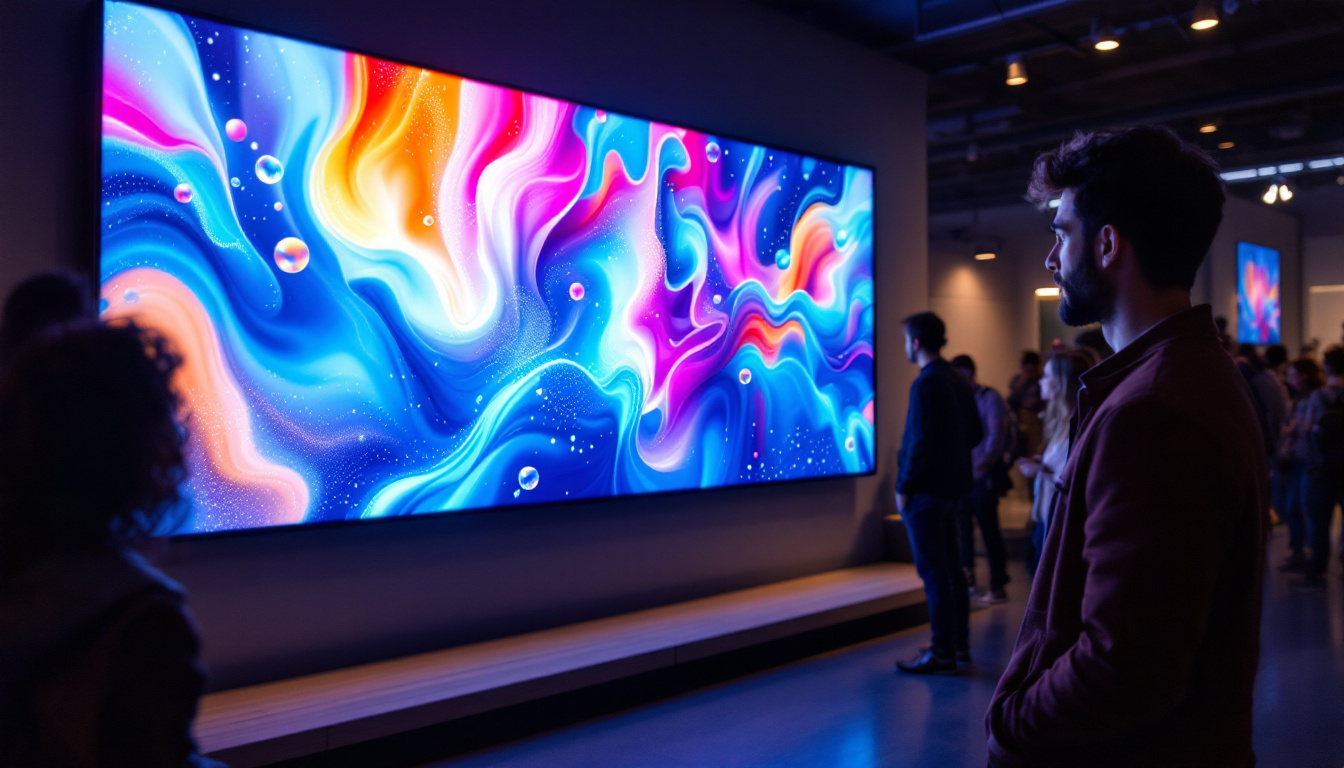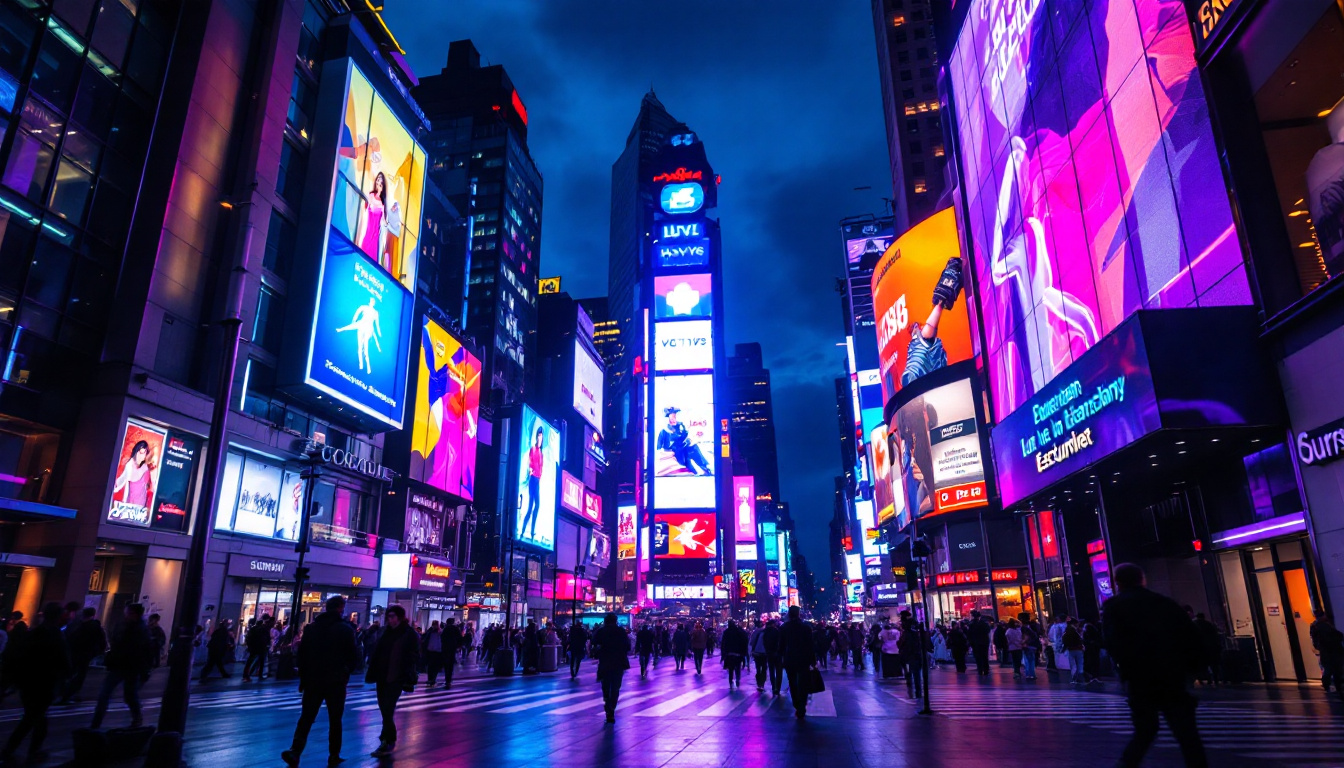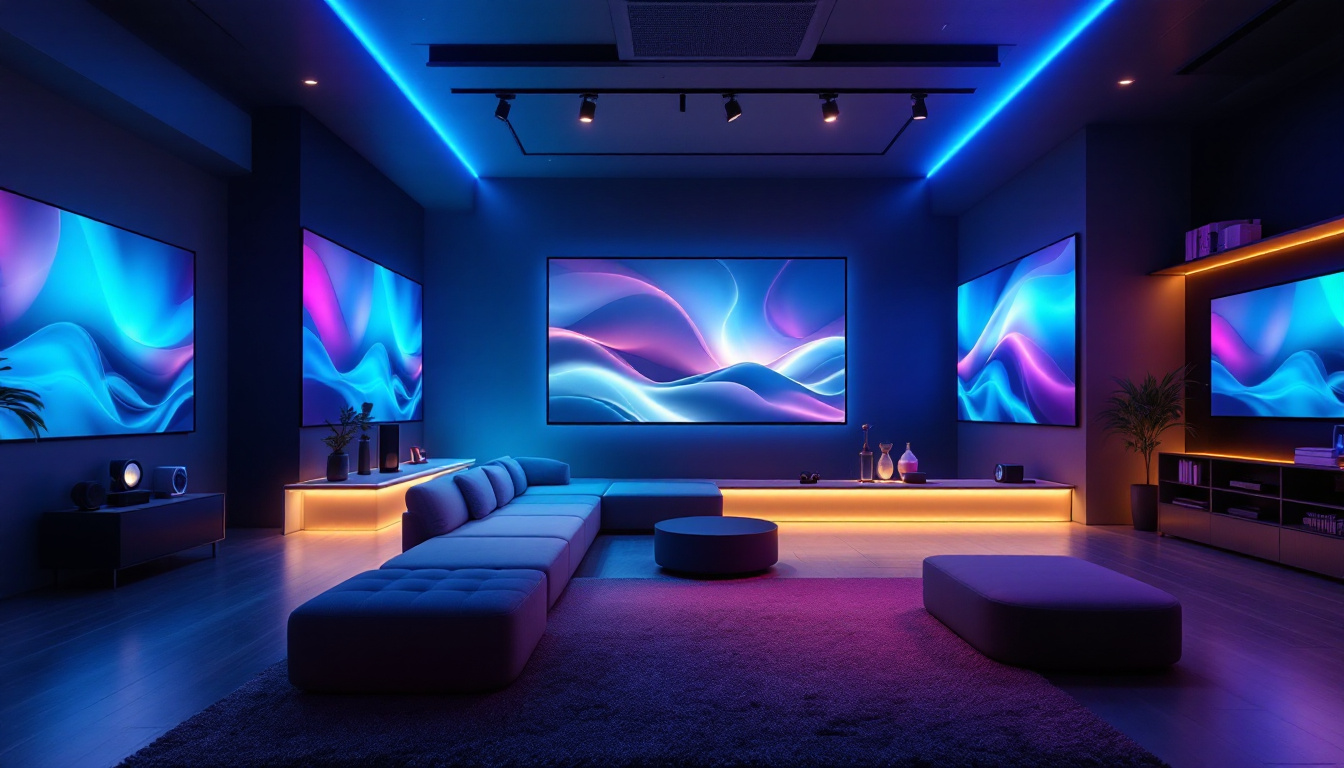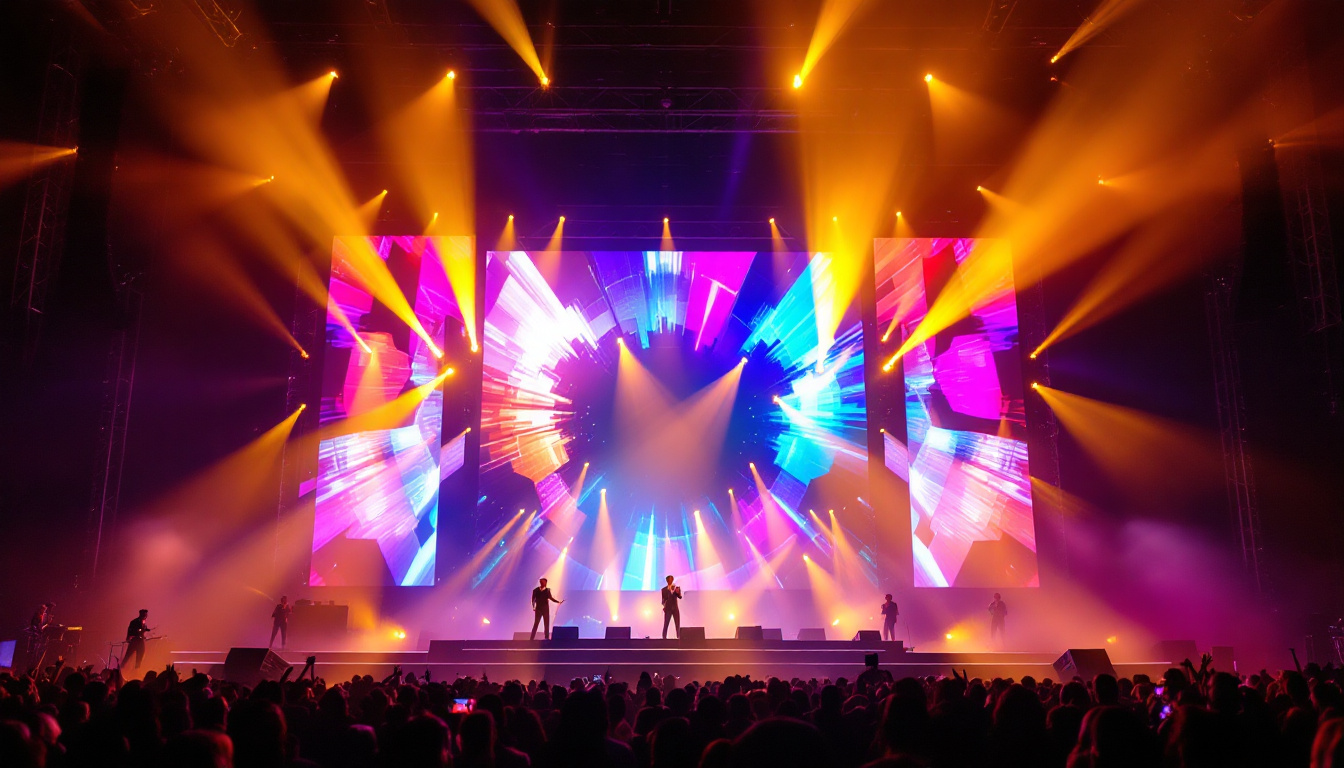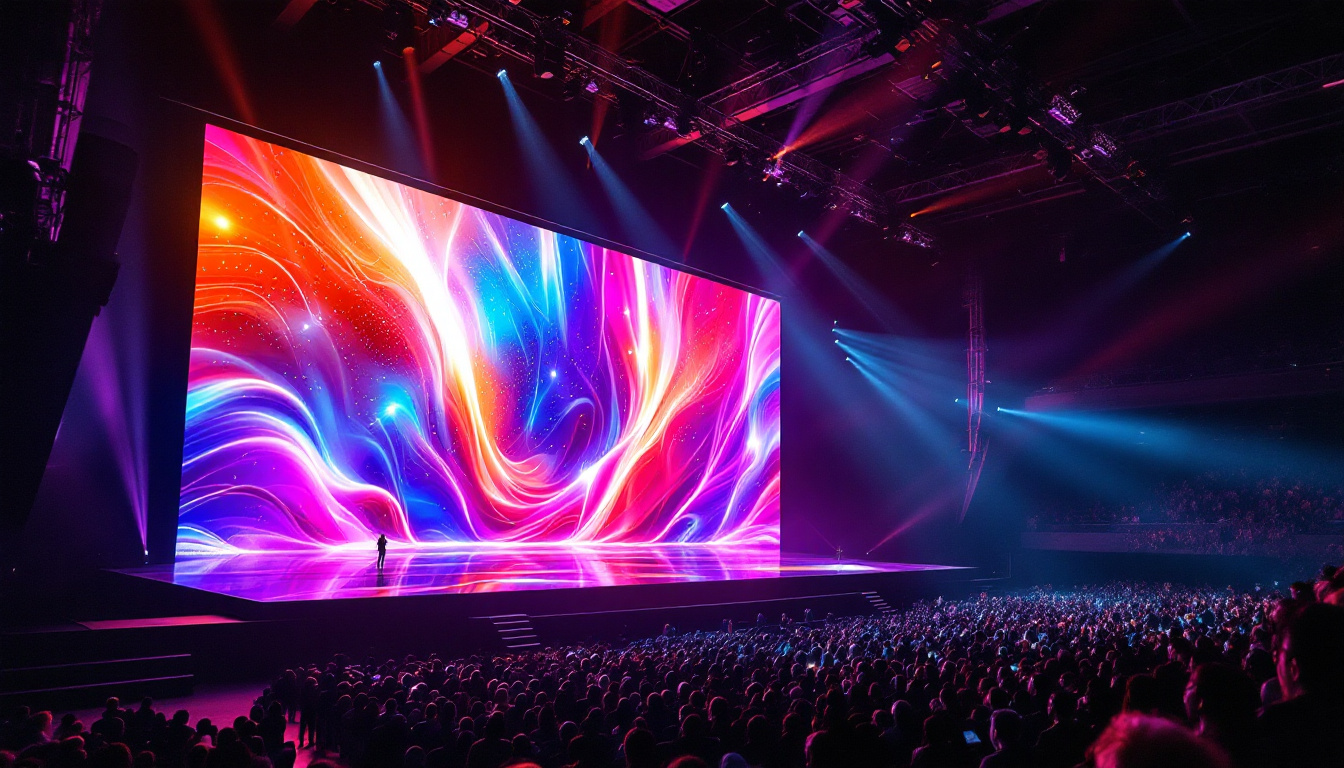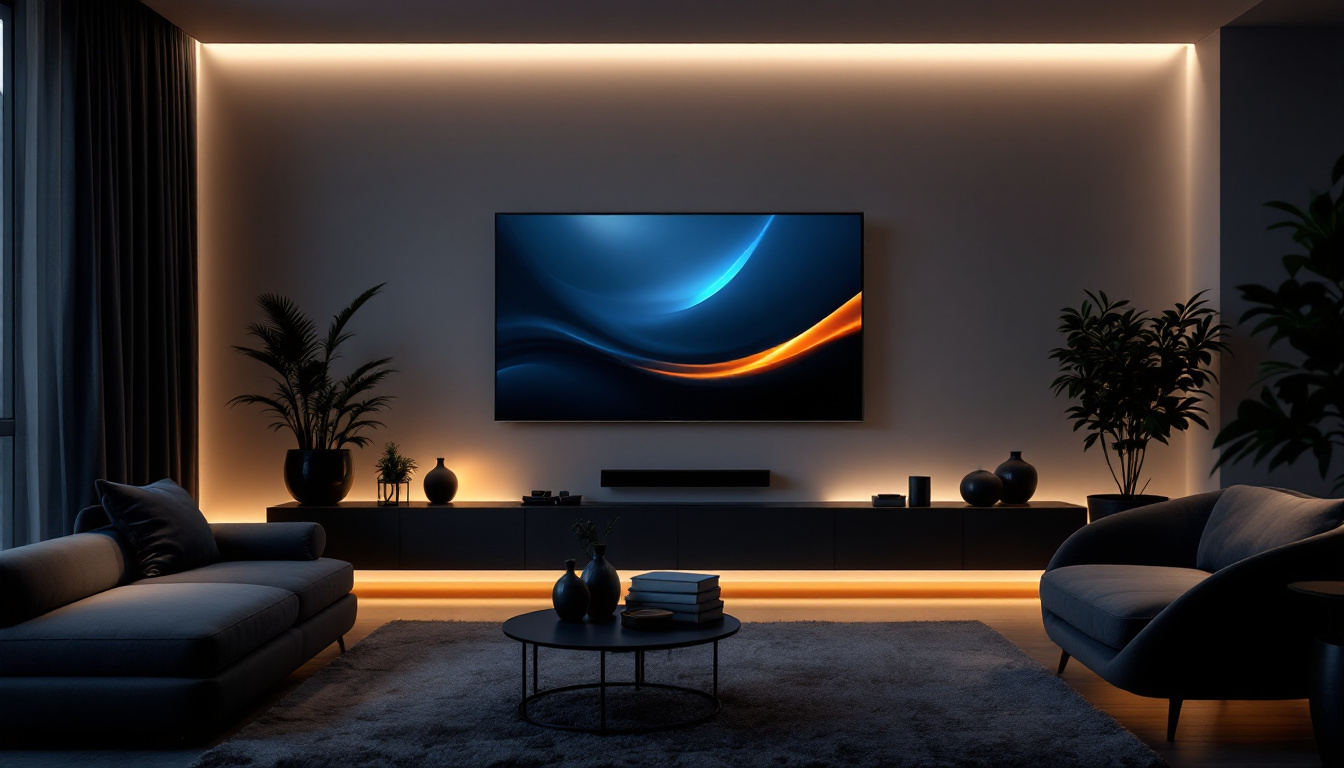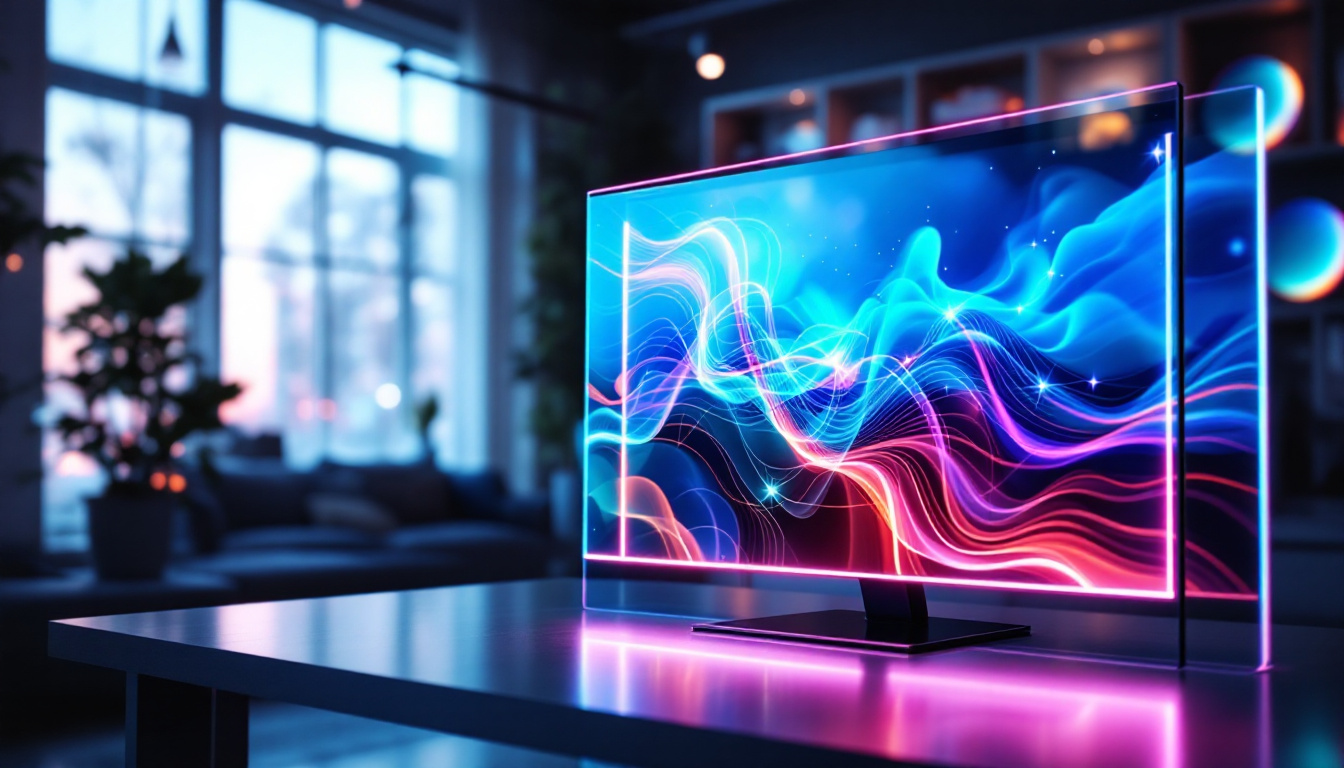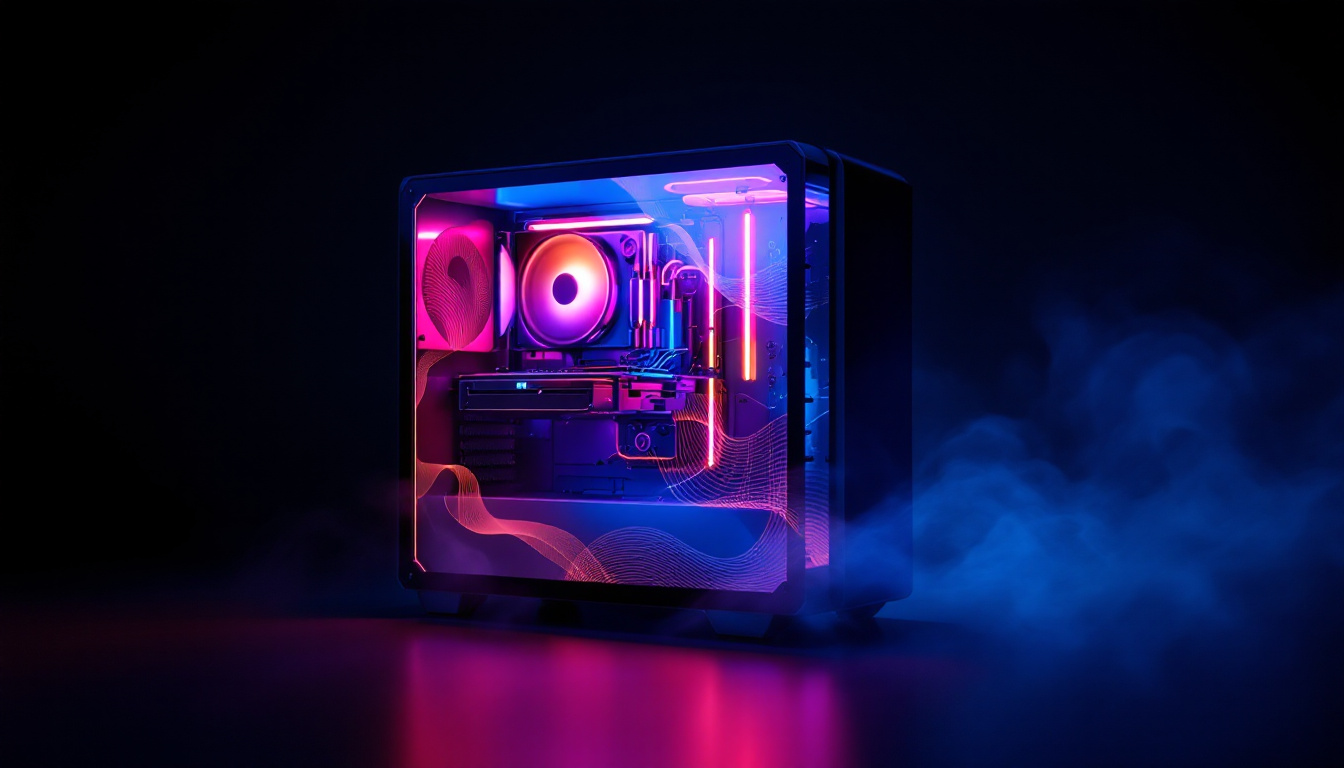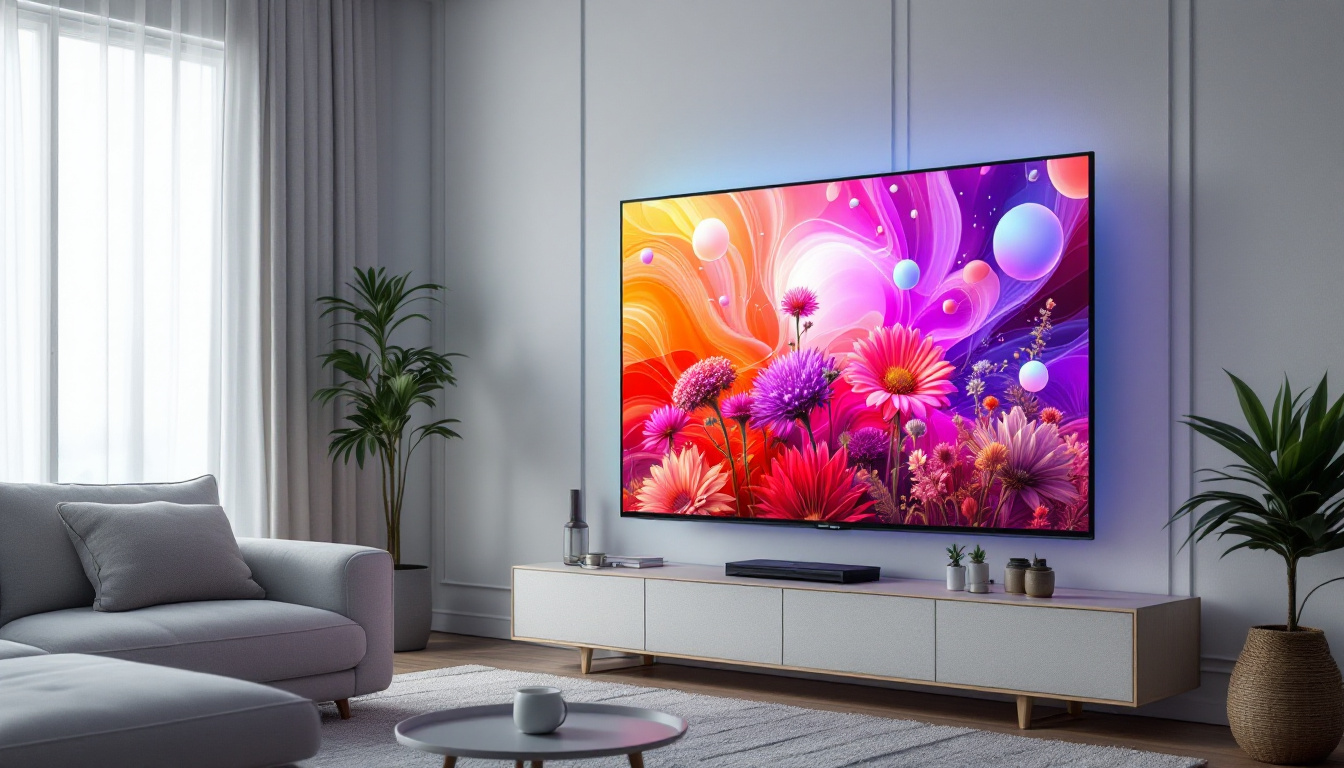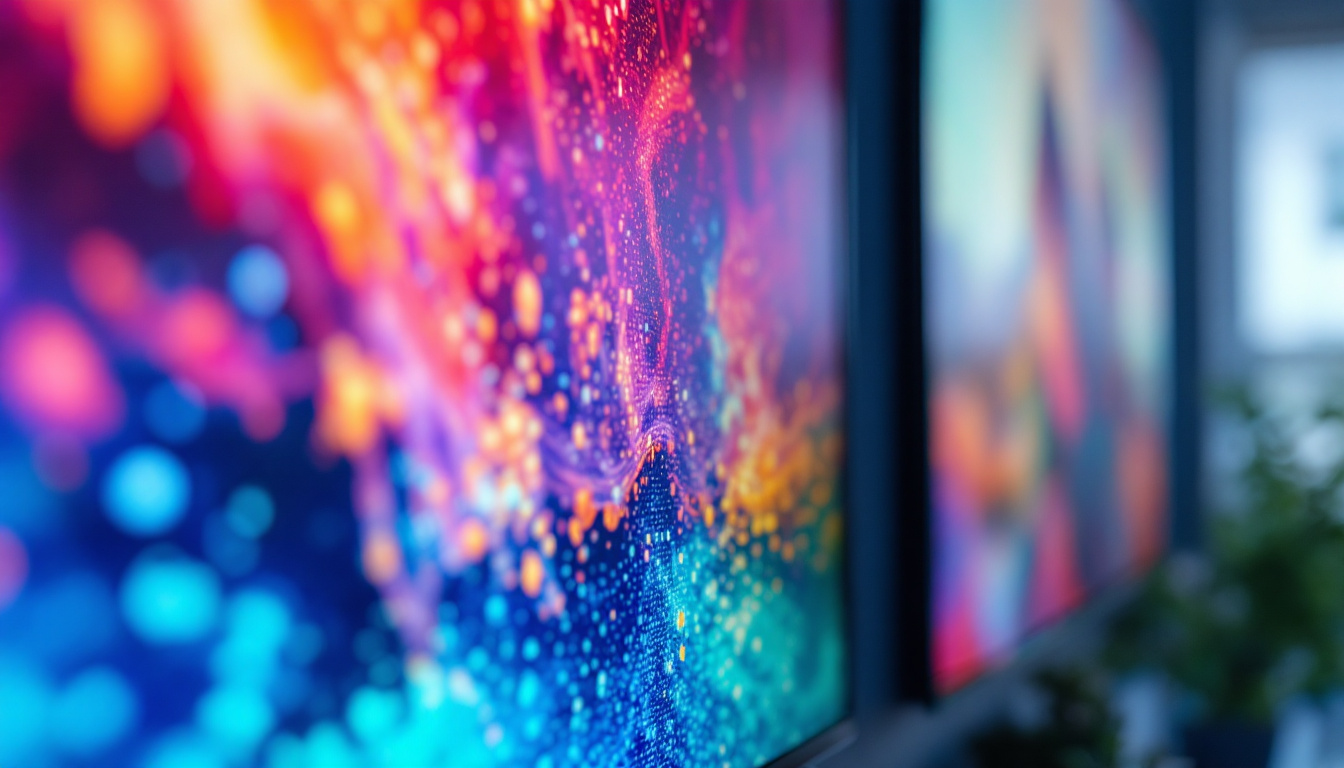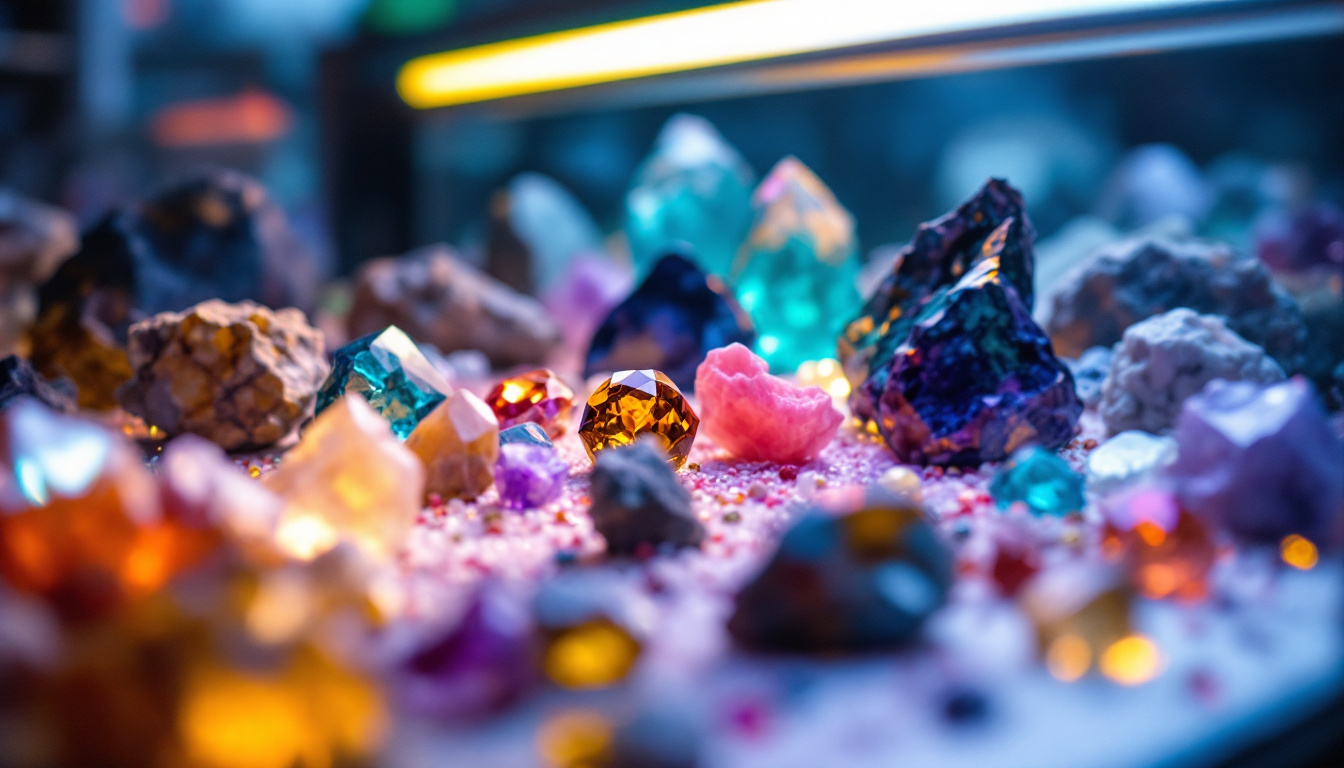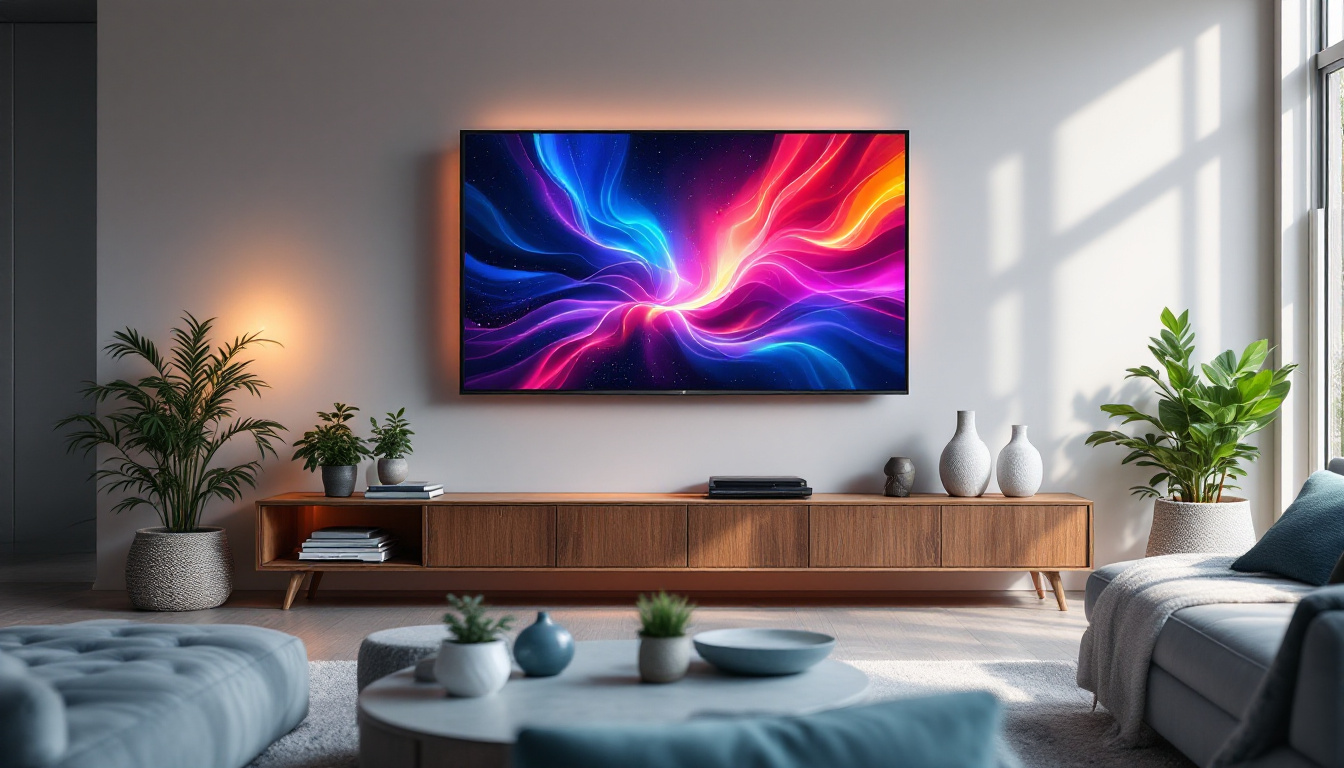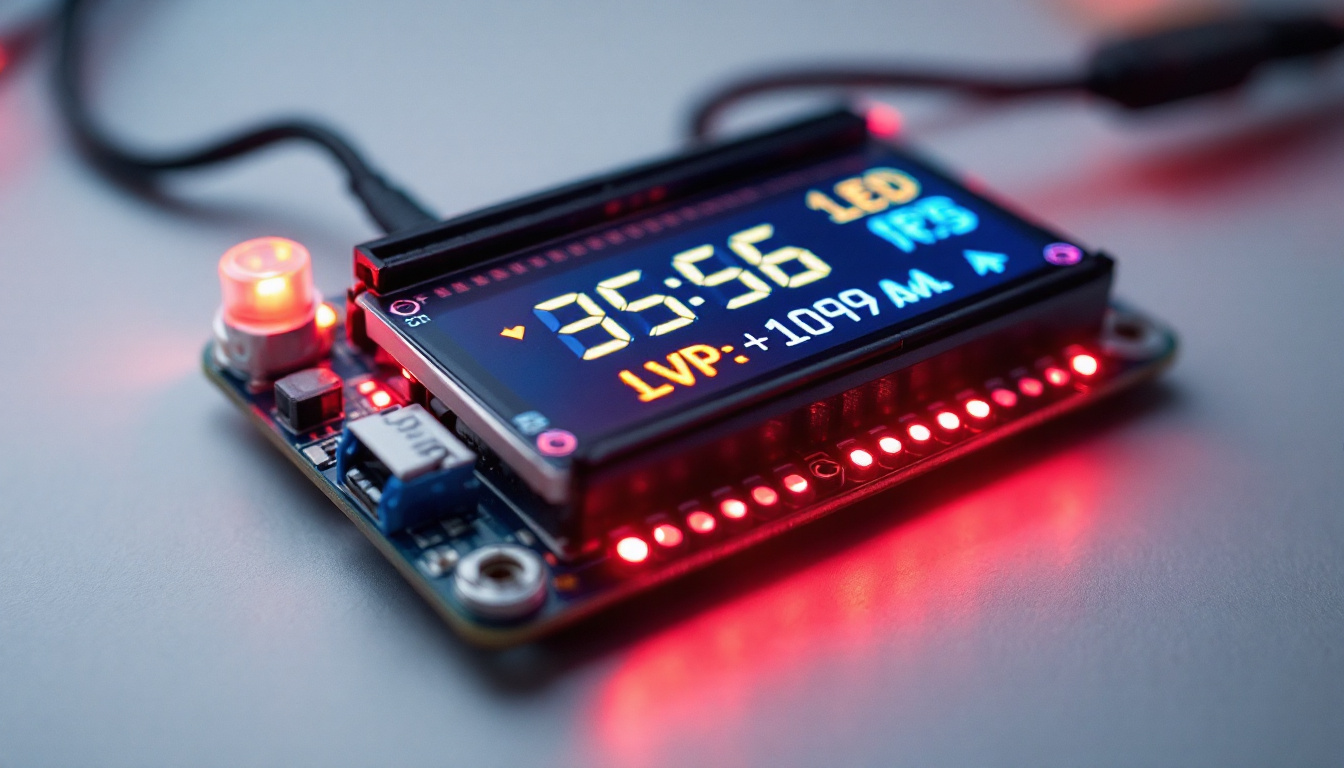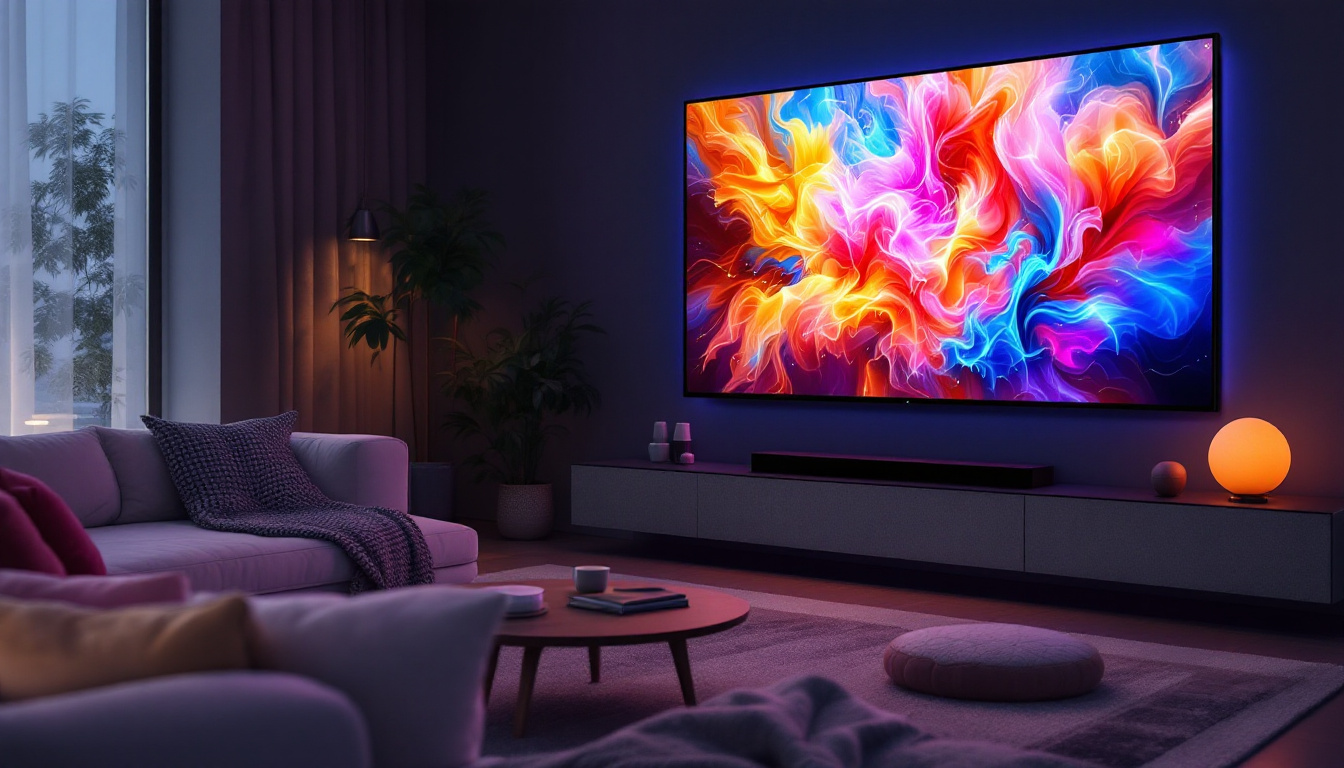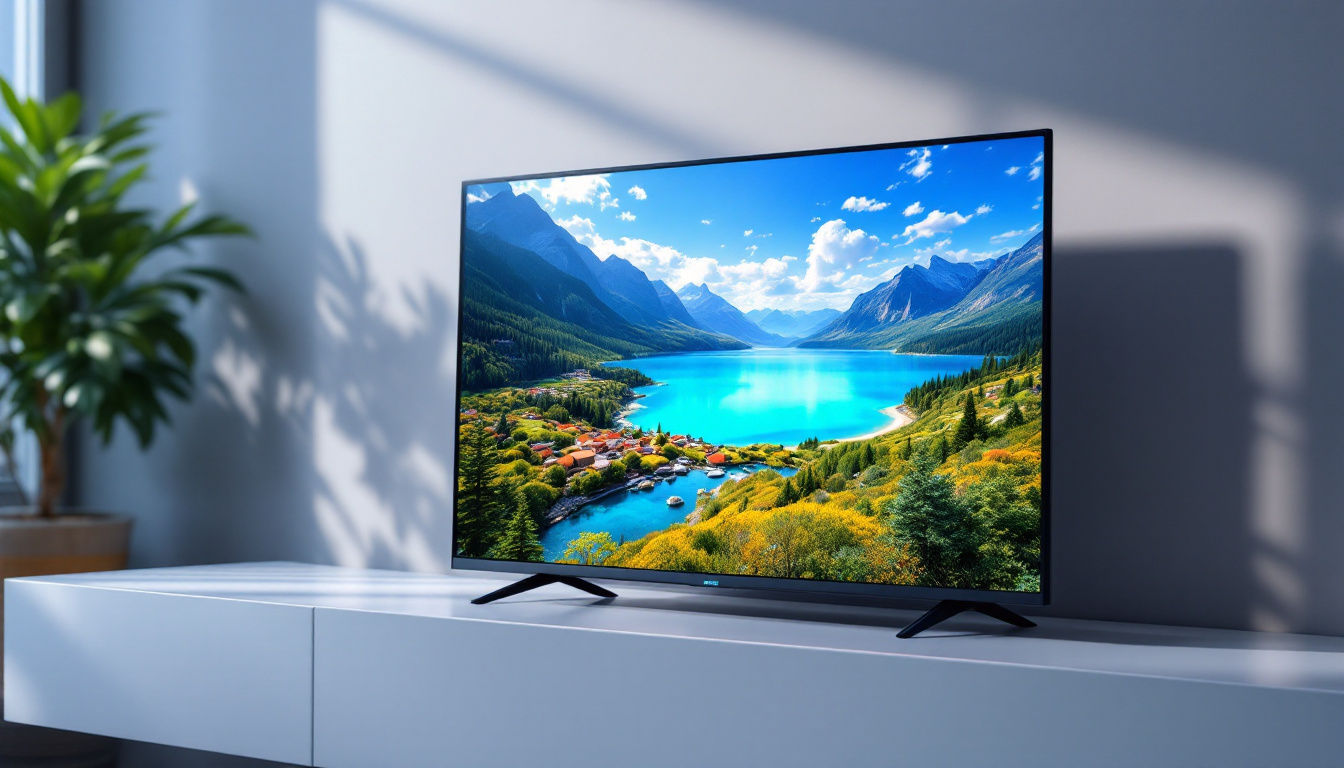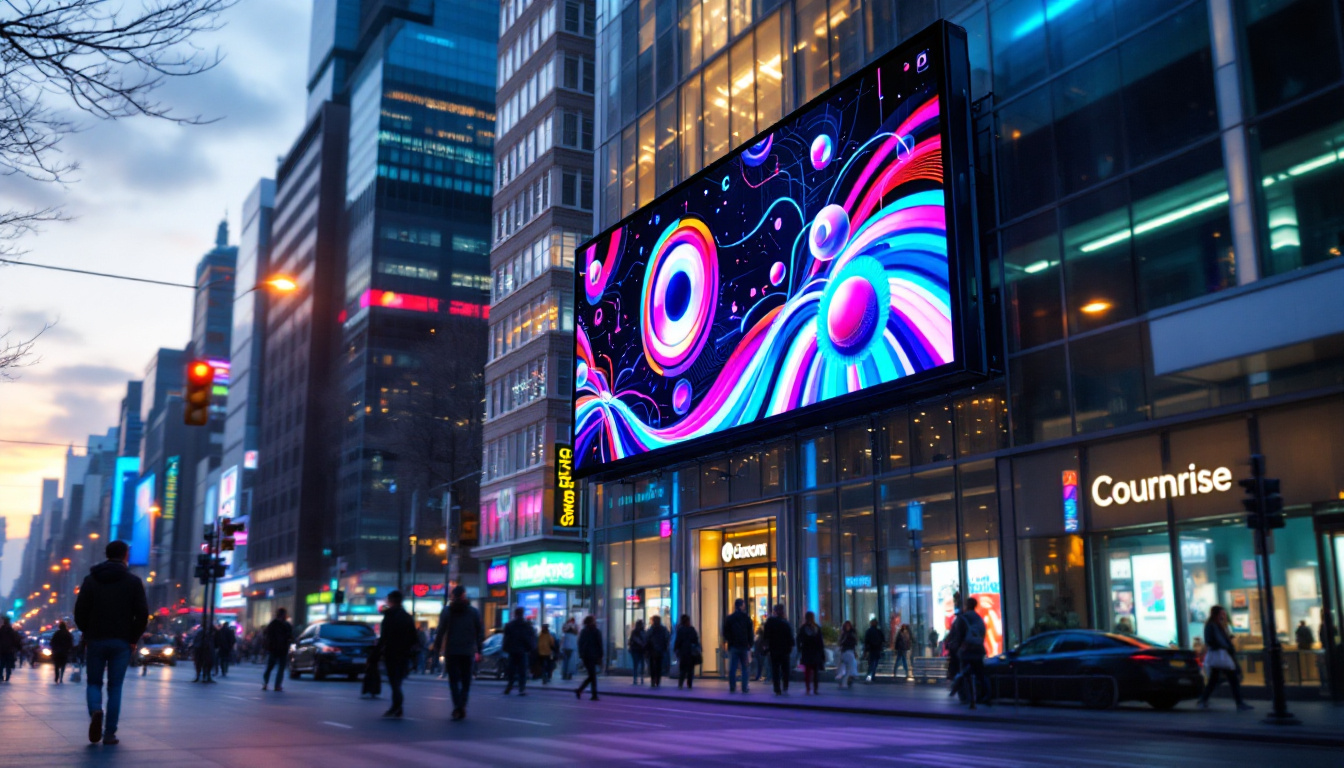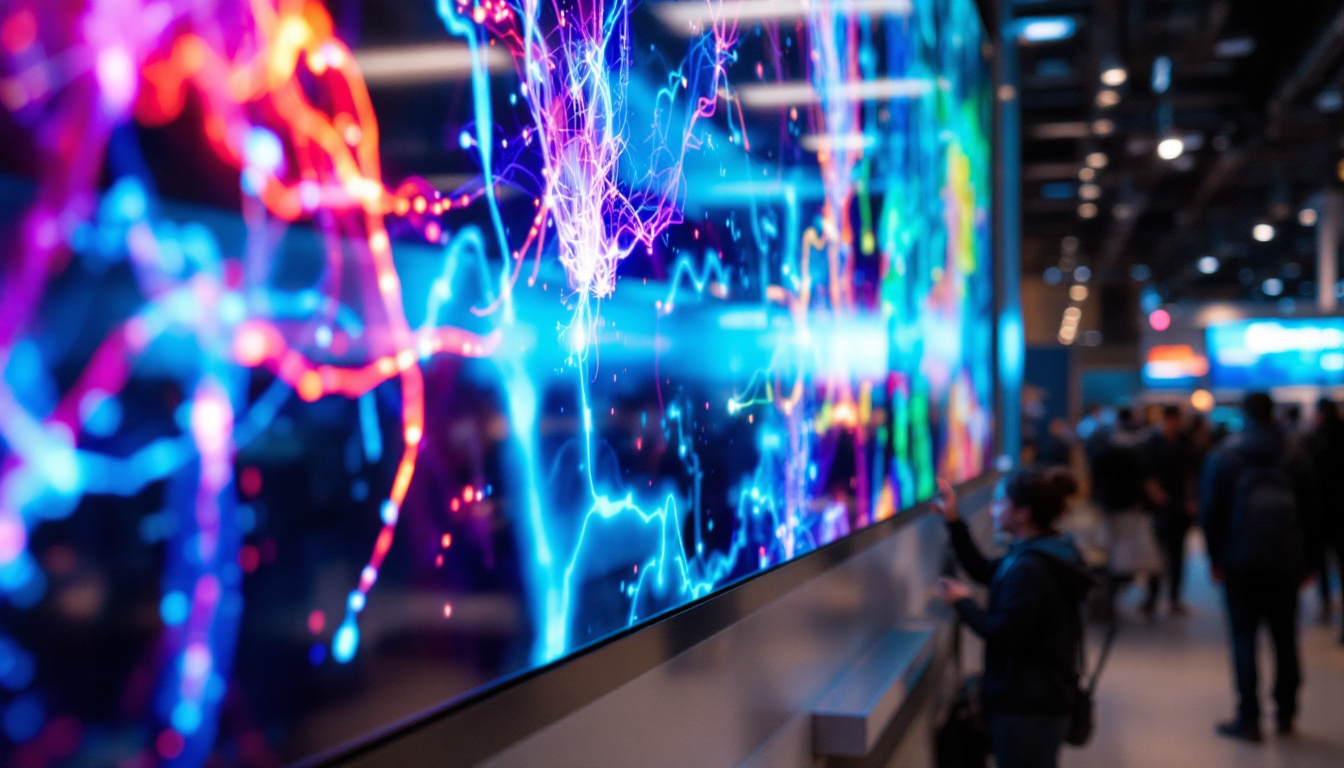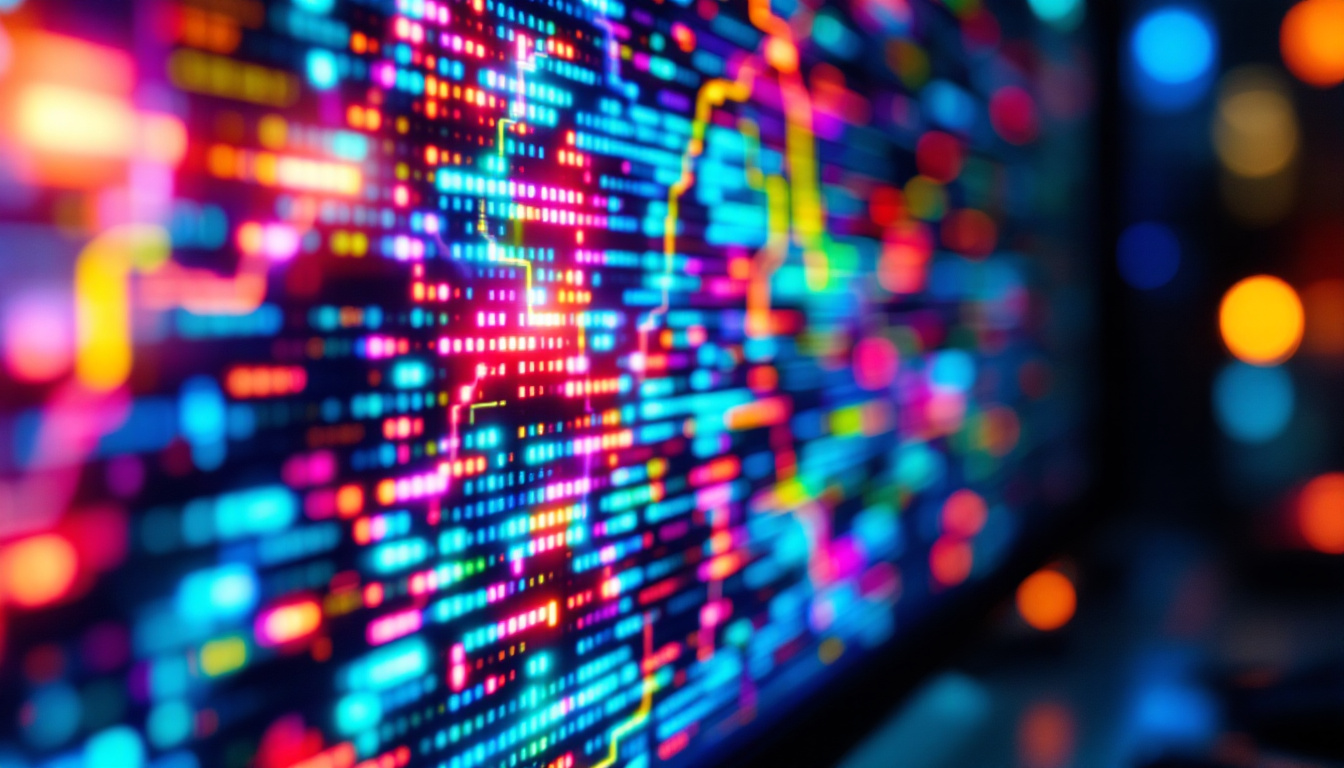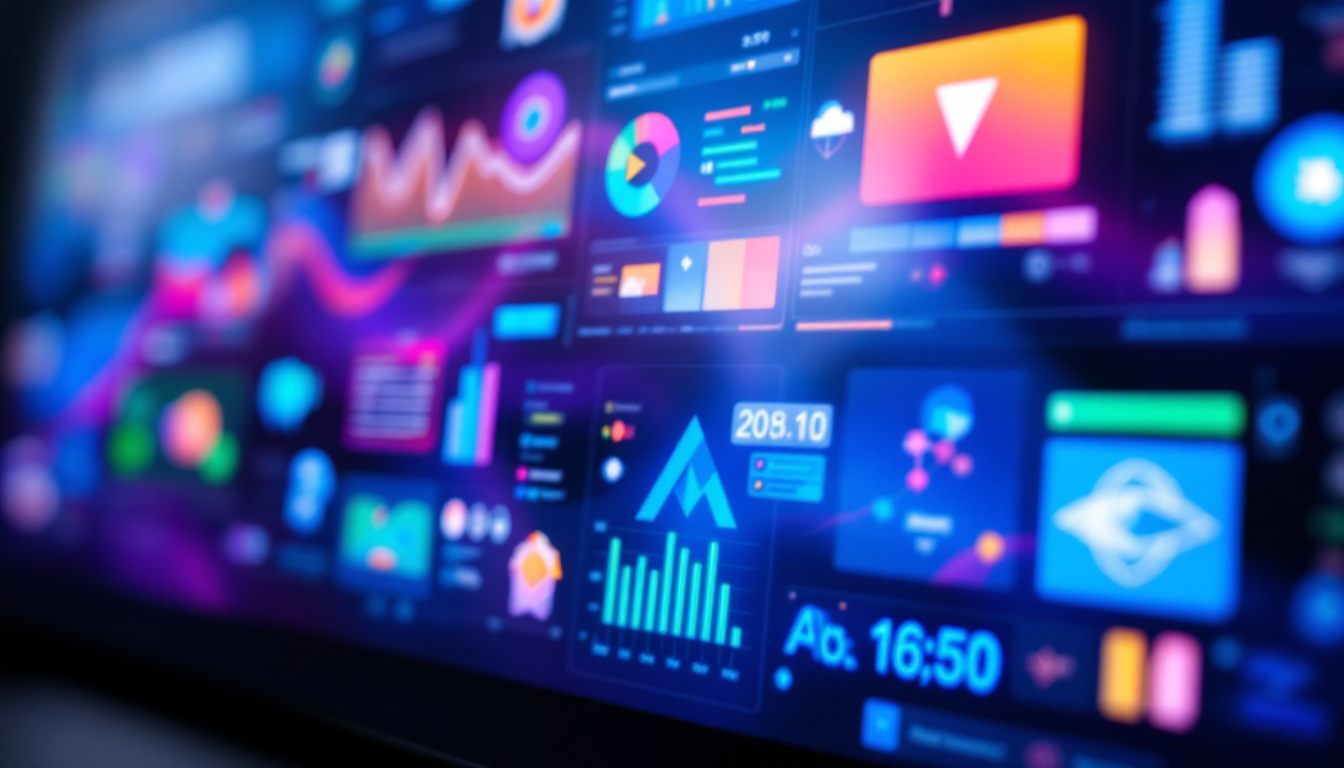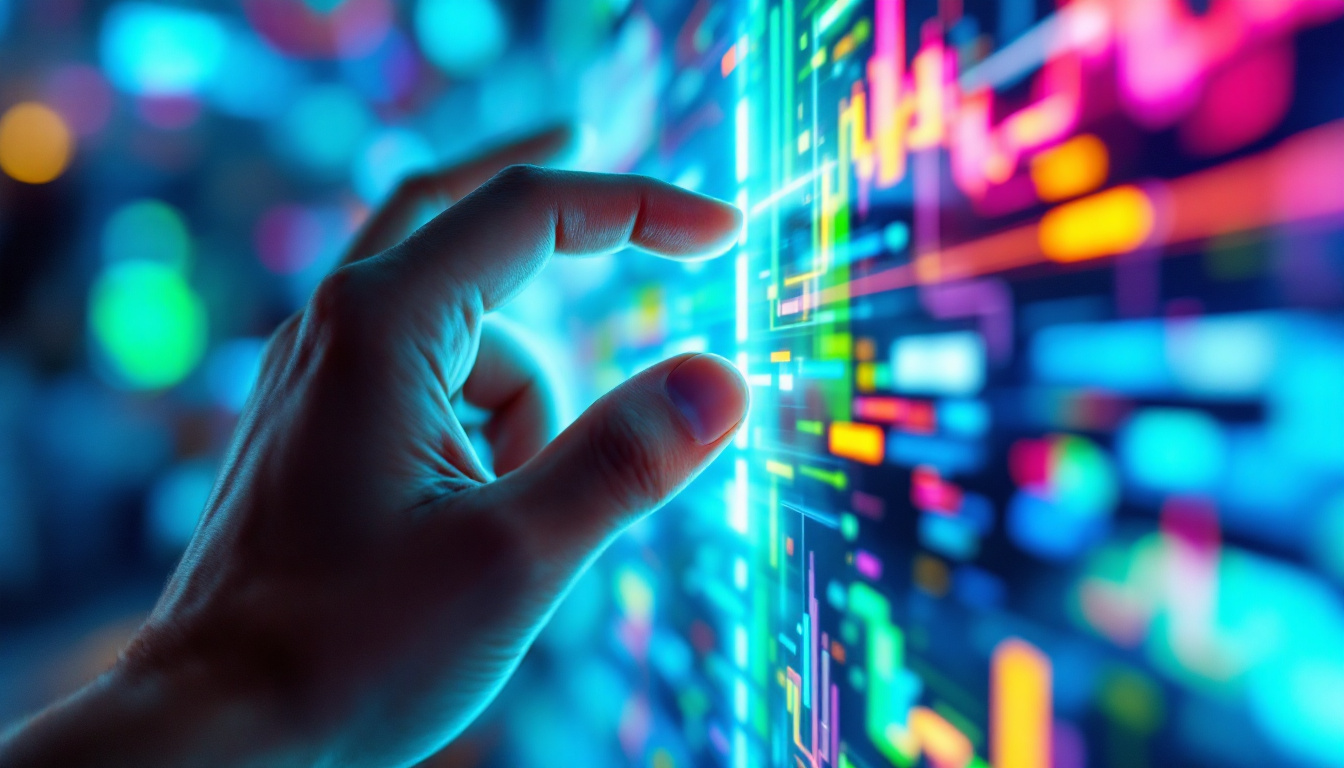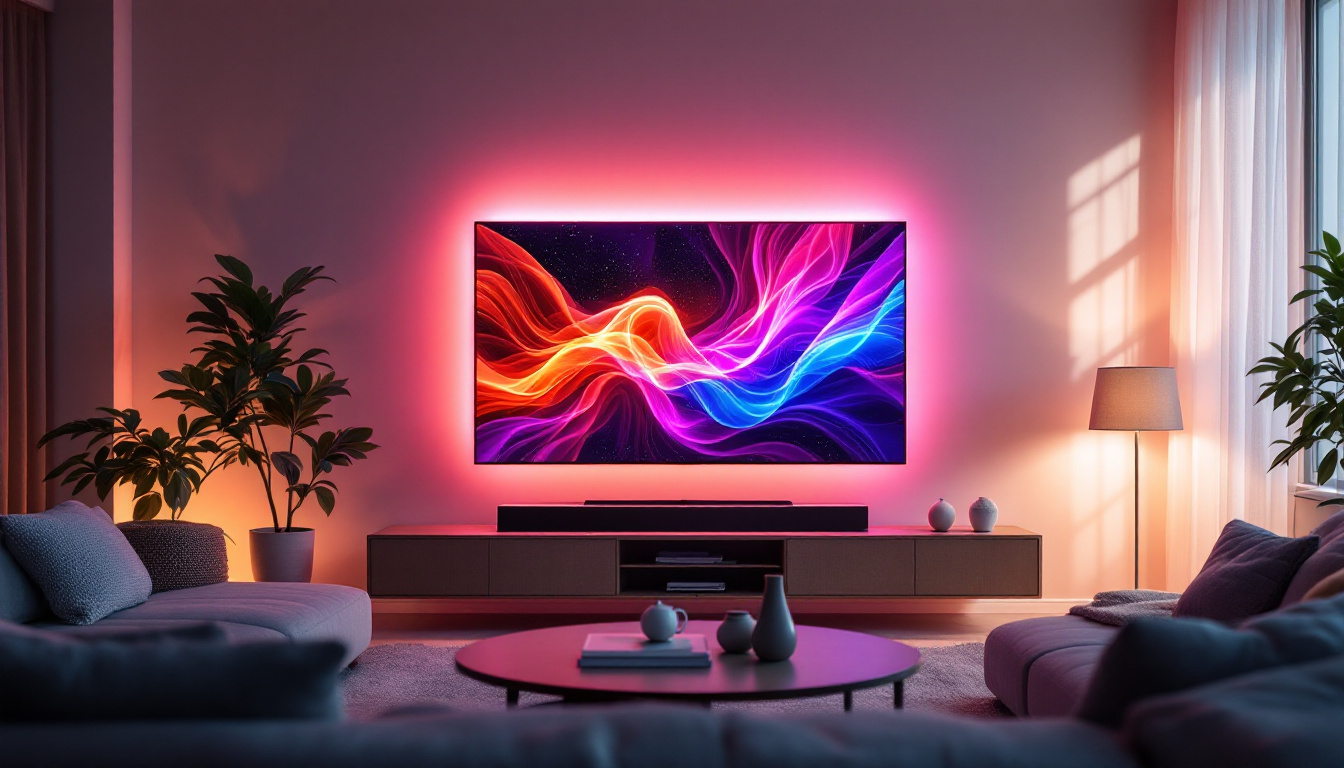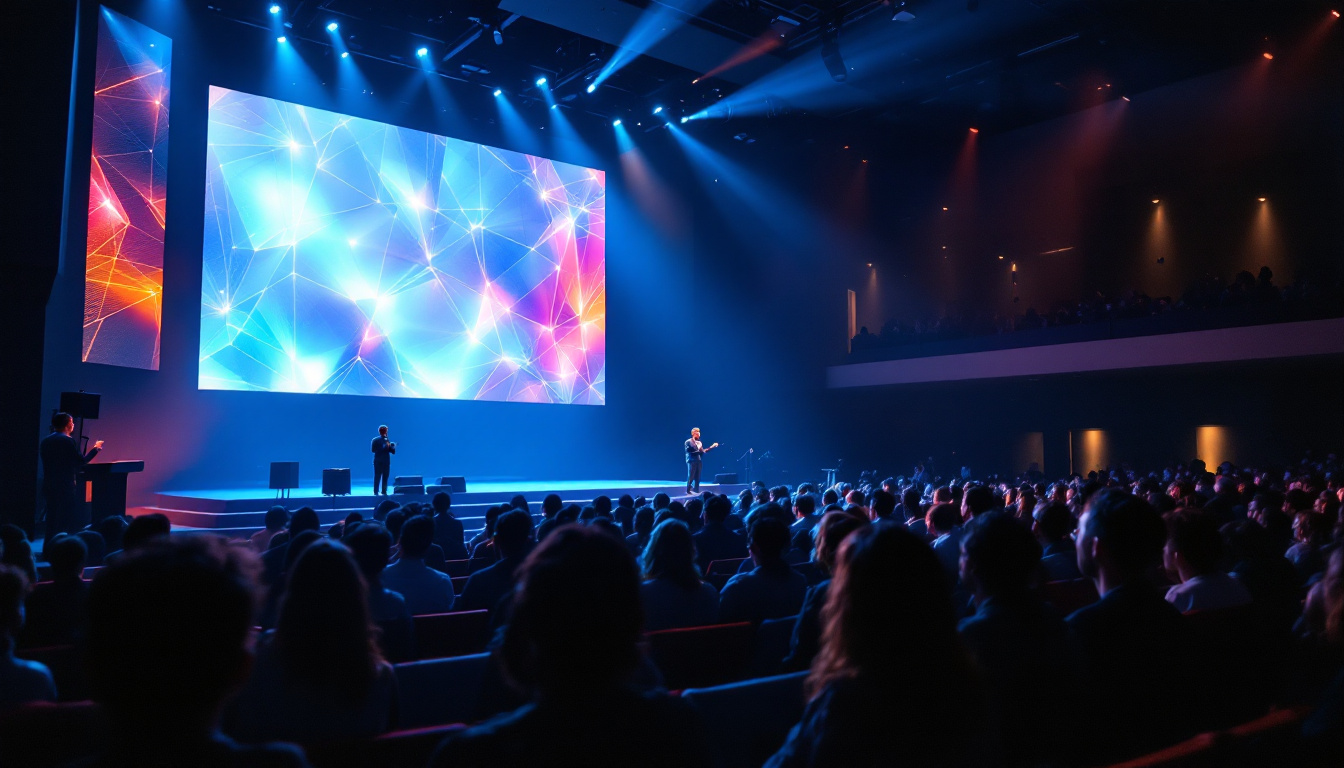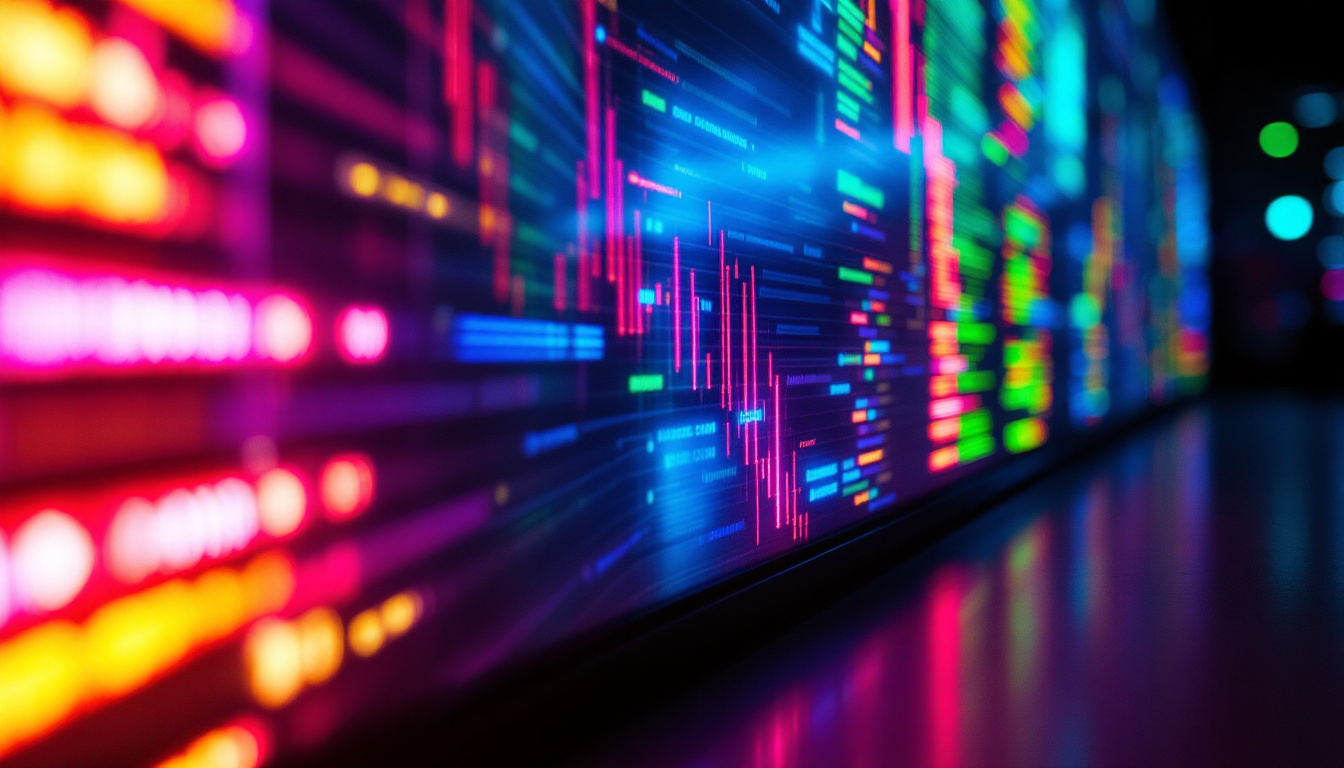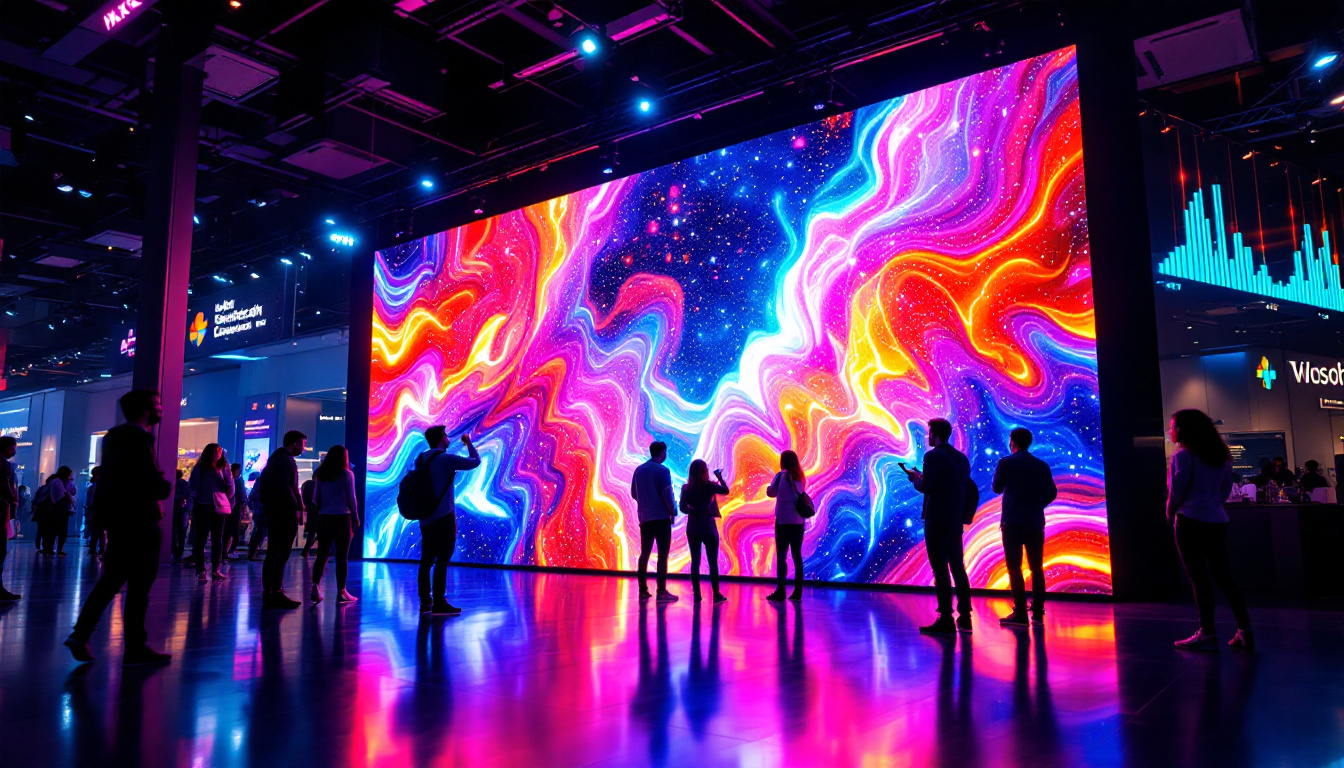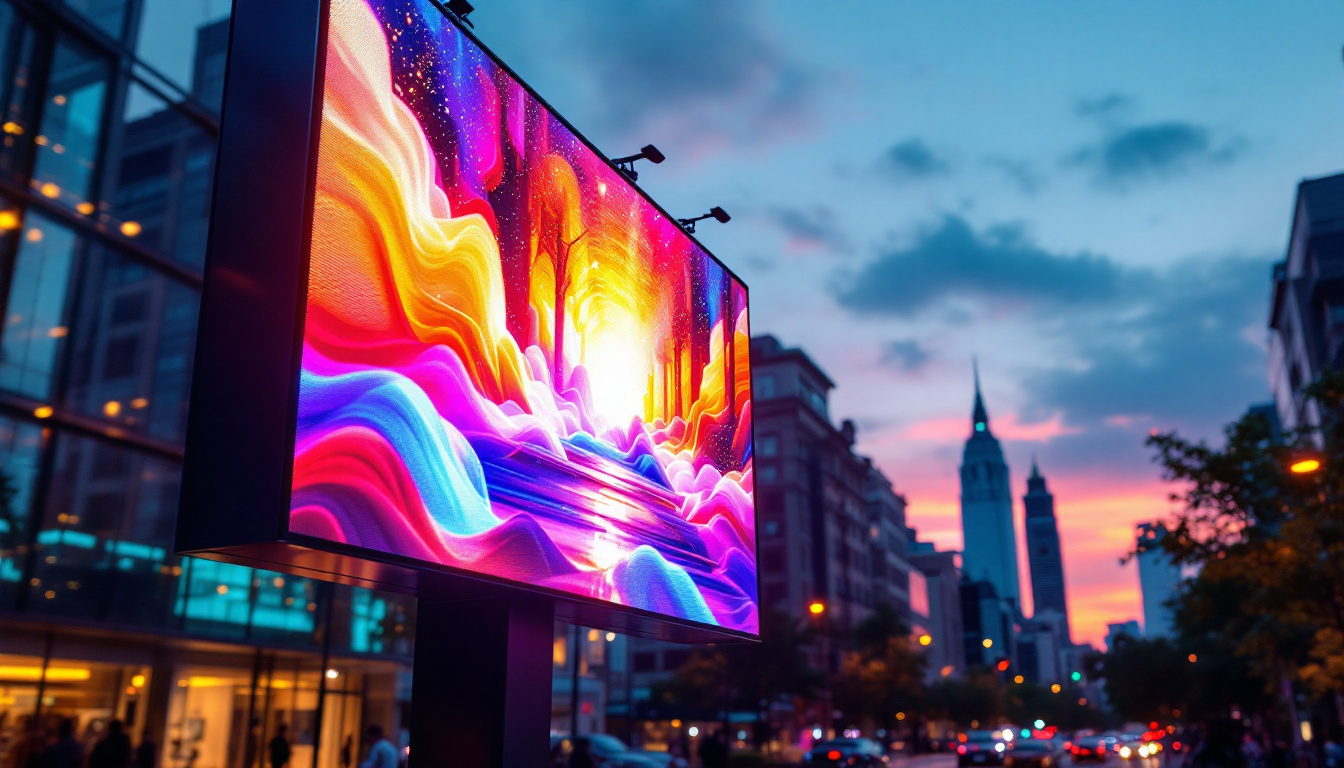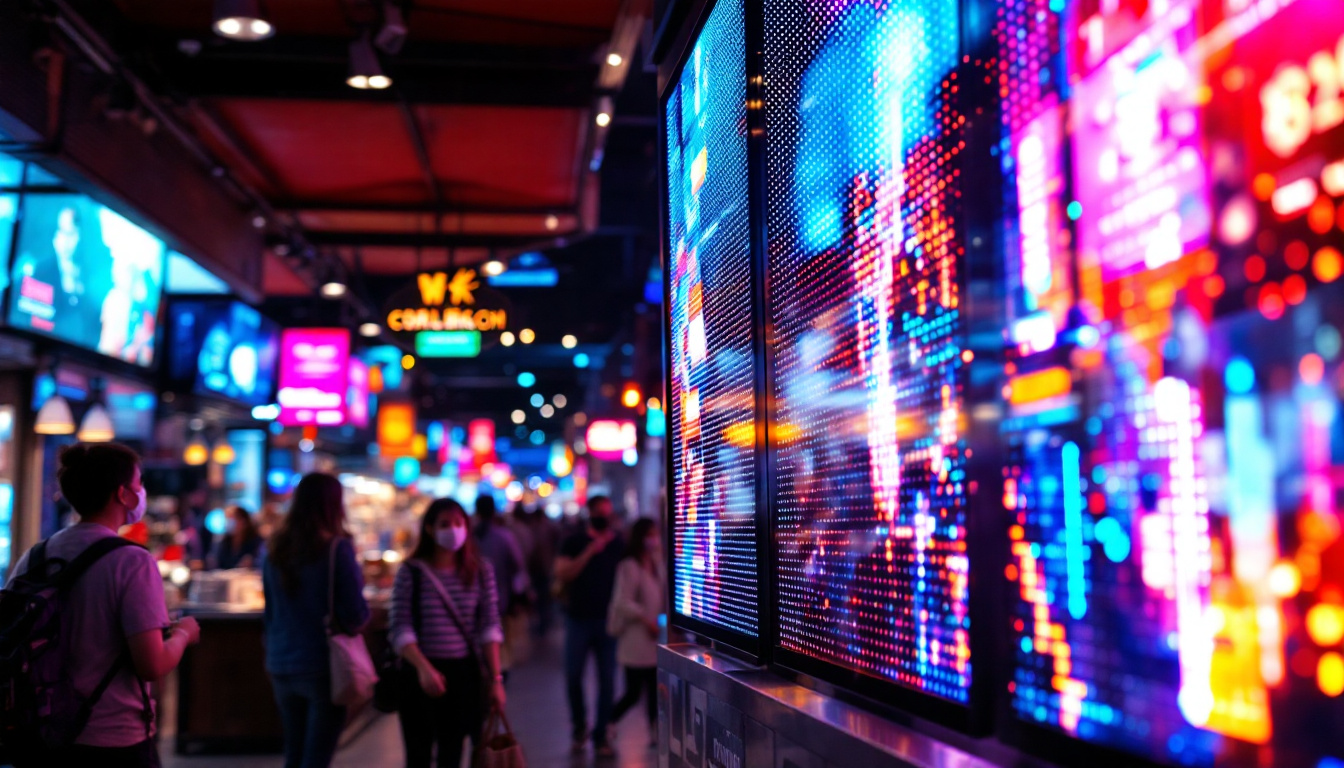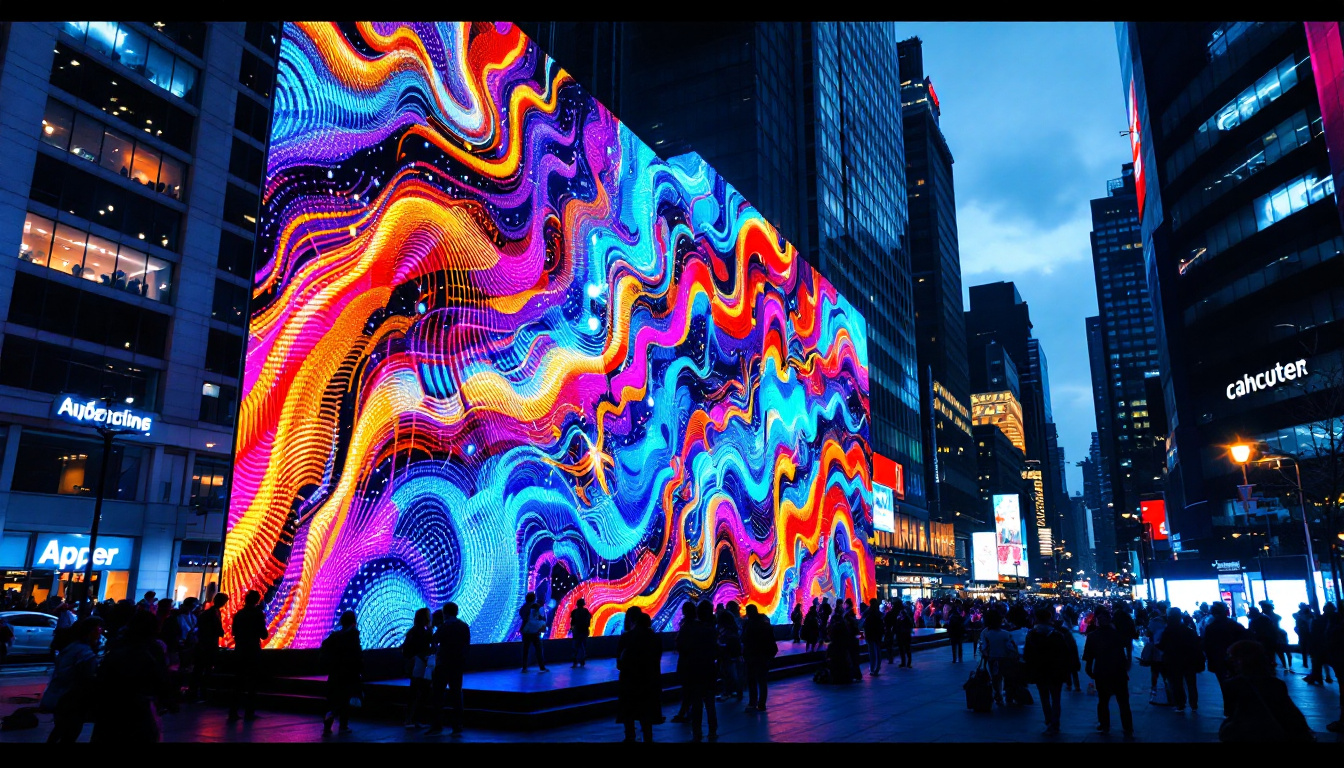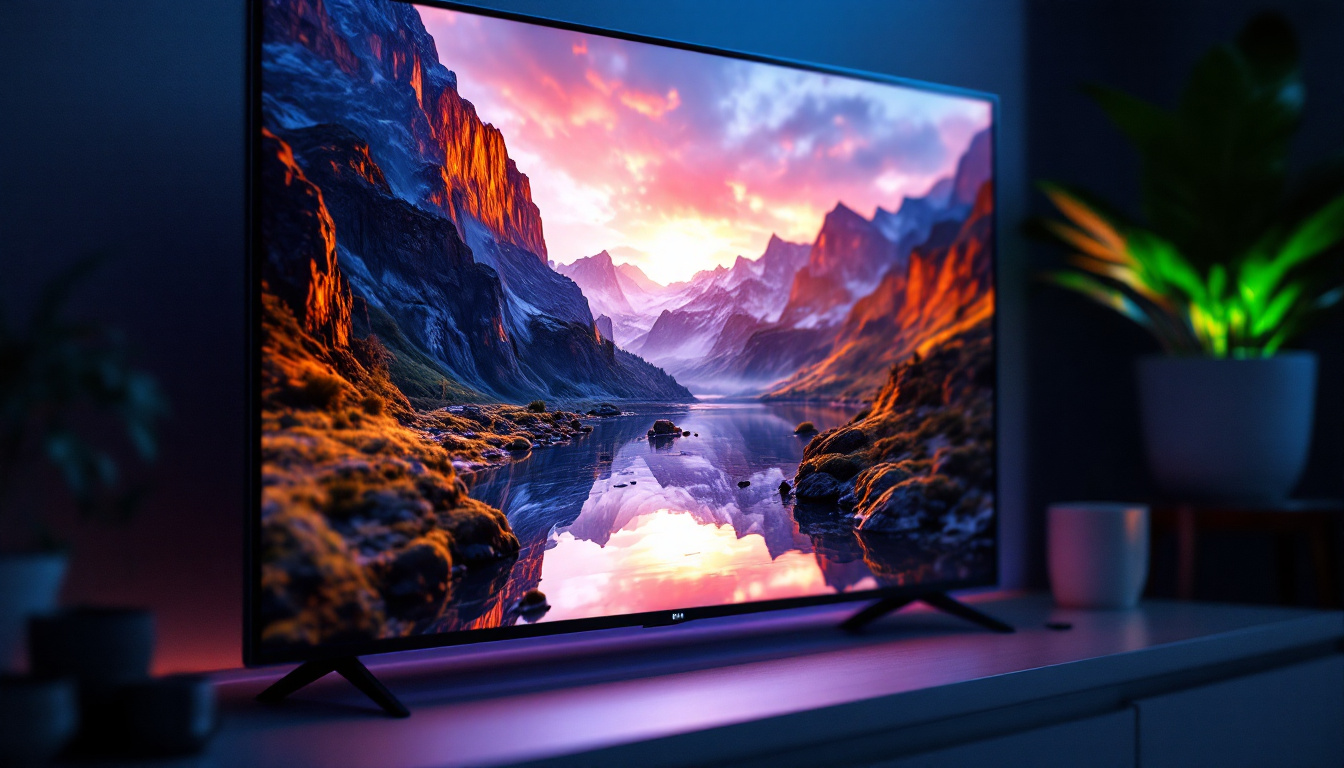In the modern world, visual communication has become pivotal across various sectors, from advertising to entertainment and even in corporate environments. One of the most transformative technologies in this realm is the LED display. Wall screens, particularly those utilizing LED technology, have revolutionized how information is shared and experienced. This article delves into the intricacies of LED displays, exploring their functionality, advantages, and applications.
Understanding LED Technology
Light Emitting Diodes (LEDs) are semiconductor devices that emit light when an electric current passes through them. The technology has evolved significantly since its inception, leading to the development of vibrant and efficient displays. At the core of LED displays is the ability to produce bright, colorful images while consuming less power compared to traditional display technologies. This energy efficiency not only reduces electricity costs but also contributes to a lower carbon footprint, making LEDs an environmentally friendly choice for lighting and displays.
The Basics of LED Displays
LED displays are composed of numerous small LED bulbs arranged in a grid. Each bulb can emit red, green, or blue light, and by varying the intensity of these colors, a wide spectrum of hues can be produced. This RGB (Red, Green, Blue) model is fundamental to how LED displays create images, allowing for high-resolution visuals that are both sharp and vivid. The versatility of LED technology extends beyond just color production; it also allows for dynamic content, making it ideal for applications ranging from advertising billboards to television screens.
Moreover, LED displays can be categorized into two main types: direct view and backlit. Direct view LED displays utilize the individual LEDs to create the image directly, while backlit displays use LEDs to illuminate a liquid crystal display (LCD) panel from behind. Each type has its unique advantages, making them suitable for different applications. For instance, direct view displays are often used in large outdoor screens due to their brightness and visibility in daylight, while backlit displays are commonly found in televisions and computer monitors, where color accuracy and depth are paramount.
How LED Displays Work
The functionality of LED displays hinges on the principle of electroluminescence. When an electric current is applied to an LED, electrons recombine with holes within the device, releasing energy in the form of photons. This process creates light, which can be modulated to produce various colors and brightness levels. The efficiency of this process is one of the key reasons why LEDs have become the preferred choice for modern lighting and display solutions, as they can achieve high brightness levels without excessive heat generation.
In a typical LED display, the arrangement of these diodes allows for the creation of pixels. Each pixel is made up of a combination of red, green, and blue LEDs, which blend together to form the desired color. The control system of the display manages the intensity of each LED, enabling the display to render images and videos in real-time. Advanced LED displays also incorporate features such as dynamic range adjustment and color calibration, which enhance the viewing experience by ensuring that colors remain true to life under varying lighting conditions. Additionally, with the rise of smart technology, many LED displays now integrate connectivity options, allowing for seamless streaming and content sharing from various devices, further enhancing their functionality and appeal in both commercial and residential settings.
Advantages of LED Displays
LED displays offer numerous advantages that make them a preferred choice for various applications. Their unique properties contribute to their growing popularity in both commercial and residential settings.
Energy Efficiency
One of the standout features of LED technology is its energy efficiency. Compared to traditional display technologies, LED displays consume significantly less power, making them an environmentally friendly option. This reduced energy consumption not only lowers operational costs but also contributes to a smaller carbon footprint.
Brightness and Visibility
LED displays are known for their exceptional brightness, which makes them suitable for both indoor and outdoor environments. The high luminance levels ensure that images remain clear and visible even in direct sunlight. This characteristic is particularly beneficial for advertising billboards and public information displays, where visibility is crucial.
Longevity and Durability
Another advantage of LED displays is their longevity. With a lifespan that can exceed 100,000 hours, LED technology outlasts many traditional display options. Additionally, LED displays are more resistant to shock and vibration, making them ideal for high-traffic areas and dynamic environments.
Applications of LED Displays
The versatility of LED displays allows them to be utilized in a wide range of applications. From entertainment venues to corporate settings, their adaptability makes them an invaluable tool for communication and engagement.
Advertising and Marketing
In the advertising sector, LED displays have become a dominant force. Their ability to showcase vibrant, dynamic content captures the attention of passersby, making them effective for marketing campaigns. Digital billboards and storefront displays leverage LED technology to create eye-catching visuals that can be updated in real time, allowing businesses to respond quickly to market trends.
Corporate and Educational Environments
In corporate settings, LED displays are used for presentations, video conferencing, and information sharing. Their clarity and brightness ensure that content is easily visible to large audiences. Educational institutions also benefit from LED technology, utilizing displays in classrooms and auditoriums to enhance learning experiences through interactive presentations and visual aids.
Entertainment and Events
In the realm of entertainment, LED displays are integral to concerts, sporting events, and exhibitions. Large-scale LED screens provide immersive experiences, captivating audiences with stunning visuals and synchronized lighting effects. These displays can be configured in various shapes and sizes, allowing for creative staging and presentation.
Types of LED Displays
LED displays come in various forms, each designed to meet specific needs and environments. Understanding the different types can help in selecting the right display for a particular application.
Indoor LED Displays
Indoor LED displays are designed for use in controlled environments, such as conference rooms, retail spaces, and theaters. They typically have a higher pixel density, resulting in sharper images at close viewing distances. These displays are ideal for presentations, advertising, and interactive installations.
Outdoor LED Displays
Outdoor LED displays are built to withstand the elements, featuring weather-resistant enclosures and higher brightness levels. They are commonly used for billboards, sports arenas, and public signage. The pixel pitch in outdoor displays is generally larger than that of indoor displays, as they are viewed from greater distances.
Transparent LED Displays
Transparent LED displays are an innovative solution that allows for visibility behind the screen while still displaying content. These displays are often used in retail environments, allowing customers to see products behind the screen while engaging with digital content. Their unique design creates a modern aesthetic that enhances the shopping experience.
Challenges and Considerations
While LED displays offer numerous benefits, there are also challenges and considerations that must be addressed when implementing this technology. Understanding these factors can aid in making informed decisions.
Cost of Implementation
The initial investment for LED displays can be significant, particularly for large installations. While the long-term savings in energy and maintenance costs can offset this initial expense, organizations must carefully evaluate their budget and return on investment. It is essential to consider not only the cost of the display itself but also installation and ongoing operational expenses.
Maintenance and Upkeep
Although LED displays are known for their durability, they still require regular maintenance to ensure optimal performance. Dust accumulation, environmental factors, and wear and tear can impact the display’s functionality. Establishing a maintenance schedule and working with qualified technicians can help mitigate these issues and extend the lifespan of the display.
Content Management
Effective content management is crucial for maximizing the impact of LED displays. Organizations must develop a strategy for creating, scheduling, and updating content to keep it relevant and engaging. This may involve using content management systems that allow for easy updates and integration with other marketing tools.
The Future of LED Displays
The future of LED displays is promising, with ongoing advancements in technology and applications. As the demand for high-quality visual communication continues to grow, innovations are likely to emerge that enhance the capabilities of LED displays.
Advancements in Technology
Emerging technologies, such as microLED and OLED, are set to revolutionize the display industry. MicroLED technology offers the potential for even higher resolutions and improved color accuracy, while OLED displays provide deeper blacks and better contrast ratios. As these technologies mature, they may become integrated into LED display solutions, offering enhanced performance and versatility.
Integration with Smart Technology
As smart technology becomes more prevalent, the integration of LED displays with IoT (Internet of Things) devices is expected to increase. This integration can enable real-time data sharing, interactive features, and personalized content delivery. For instance, smart displays could adapt their content based on audience demographics or environmental conditions, enhancing engagement and effectiveness.
Sustainability Initiatives
With a growing emphasis on sustainability, manufacturers are likely to focus on creating more eco-friendly LED displays. This could involve using recyclable materials, reducing energy consumption, and implementing sustainable manufacturing practices. As consumers become more environmentally conscious, the demand for sustainable display solutions is expected to rise.
Conclusion
LED displays have transformed the landscape of visual communication, offering unparalleled brightness, energy efficiency, and versatility. From advertising to corporate environments and entertainment, their applications are vast and varied. While challenges exist, the benefits of LED technology far outweigh the drawbacks, making it a compelling choice for organizations looking to enhance their communication strategies.
As technology continues to advance, the future of LED displays looks bright. With innovations on the horizon and a growing focus on sustainability, these displays will likely play an even more significant role in shaping how information is shared and experienced in the years to come.
In summary, understanding the intricacies of LED displays is essential for anyone looking to leverage this technology effectively. Whether for marketing, education, or entertainment, LED displays offer a dynamic solution that can engage audiences and convey messages with clarity and impact.
Discover LumenMatrix LED Display Solutions
Ready to elevate your visual communication with the latest in LED technology? Look no further than LumenMatrix, a pioneer in crafting immersive LED display modules tailored for any setting. Whether you need an Indoor LED Wall Display for your corporate events, an Outdoor LED Wall Display for impactful advertising, or any of our specialized solutions like Vehicle, Sports, or Floor LED Displays, LumenMatrix has you covered. Embrace the future of digital signage with our Custom, All-in-One, and LED Transparent Displays, designed to captivate and engage your audience. Check out LumenMatrix LED Display Solutions today and transform your space into a dynamic visual experience.

